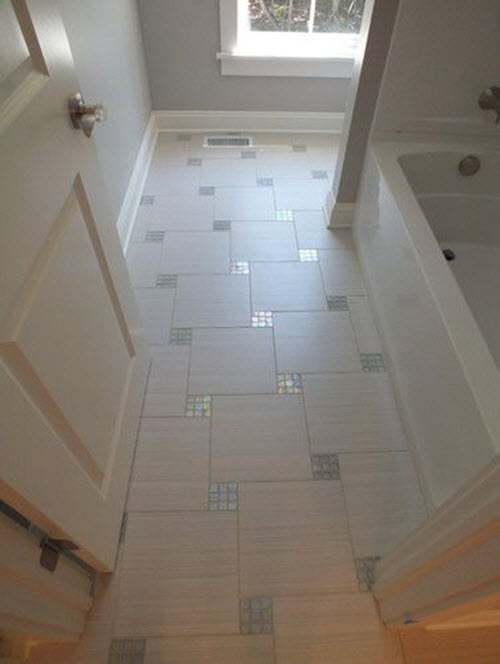

Once you know you want to keep what you are holding onto, a graceful solution to space issues can be to get a loft ladder installation from Instaloft or a similar company who specialise in converting lofts. Once you know what you want to get rid of, it is possible to sell or give away items to charity shops or online.

Take a page out of Marie Kondo’s book, and be quite strict about what you do and do not need and what you will likely not use again. If you are struggling to tidy all of your clutter, it can be worth decluttering. It is important not to let clutter build up in a way which will impede your life. In this busy age, there are more gadgets, books and tools than ever, which can offer us some help and entertainment but which, when we look around for the next thing and the next, can also leave us neck-deep in clutter we only need occasionally. Read on for our advice on how best to approach issues of tidiness and cleanliness.Ĭlutter can easily stress people out and make them feel alienated in their own homes.
#NEATNESS AND TIDINESS HOW TO#
The intriguing psychology behind tidiness and cleanlinessĪ vital skill for living with other people, therefore, whether they are flatmates, partners or spouses, is to learn what they need to see and perceive to feel at ease in a room, and how to reconcile this with your own sense of cleanliness. For most people, by the time they reach adulthood, this will simply be a fact of life in the way they see the world. People can also be split quite evenly between those who prioritise cleanliness and those who prioritise tidiness. The most important thing to know about people and their attitude to cleanliness is that nearly everyone has a different idea of exactly what constitutes clean and what makes a space tidy. I’d also be relieving myself of a considerable burden, by removing what can often be a source of distraction.Today – the intriguing psychology behind tidiness and cleanliness Why put up a fight, one might ask? Why not embrace the change? I’d surely be doing my colleagues a service by removing all this clutter, the mere sight of which stresses them out. In the workplace, this wave of “konmarism” further consolidates the tyranny of tidiness that has spread along with national “clean your desk” days, new neatness criteria in workplace rankings and end-of-year assessments, and the advent of “flex offices”, where desks are shared, and must therefore be left each day in the immaculate condition they were found in. Kondo’s radical approach to organising has met with overwhelming enthusiasm, earning her a spot on Time’s 2015 “100 most influential people” list and even her own Netflix show, Tidying up with Marie Kondo. In her international bestseller The Magic of Tidying Up, she famously proposes her own method – known as the “KonMari” method – which is is at once a form of therapy and an art of living: get rid of everything, she says, except for those few things that “spark joy” in your life, for “tidying your physical space allows you to tend to your psychological space”. So who is this Marie Kondo? For those of you who haven’t heard of her yet, she’s a Japanese author and consultant who has made a name extolling the virtues of tidiness. Not to mention the dozens of A4 sheets of paper covered in scrawled notes, which might – or might not – come in handy one day. For if my colleague follows up on her threat, I might lose it all: the piled up coffee cups, the unread postcards from my grandmother, the crumpled ping-pong ball that’s been lying there for years. “Gosh! Your desk is such a mess! If it gets any worse, I’ll have to call Marie Kondo!” The name alone sends shivers down my spine.


 0 kommentar(er)
0 kommentar(er)
